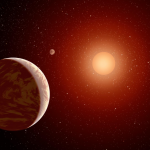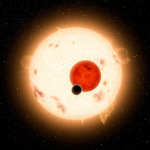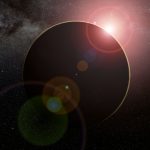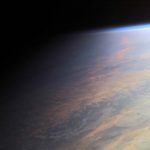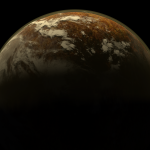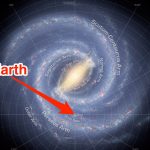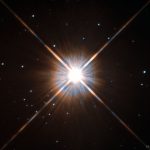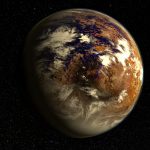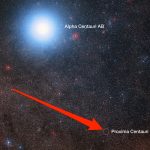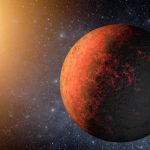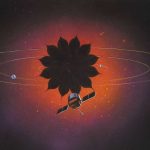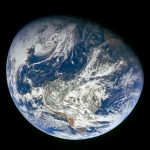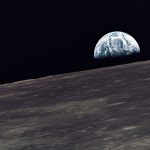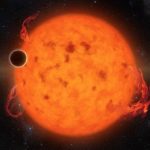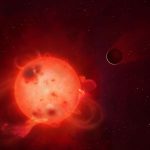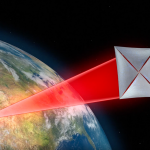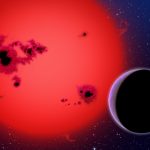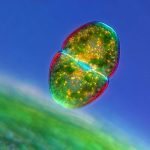Dim red stars


By Dave Mosher From Business Insider
A group of dozens of astronomers have found evidence of a small, rocky, and potentially watery world lurking around the closest star to the sun.
The planet, called Proxima b, is slightly larger than Earth. It also orbits within a Goldilocks-like habitable zone around its star, Proxima Centauri.
“It’s a game-changer,” Abel Méndez, an astrobiologist at the University of Puerto Rico at Arecibo, told Business Insider. “This is by far the most Earth-like planet we’ve found in terms of size. And it’s much closer than anything else right now.”
But what is most exciting to Méndez and other researchers is Proxima b’s home star — a red dwarf, which is not like the sun at all.
“Red dwarfs are the most numerous stars in the galaxy,” said Méndez, who was not involved in the study of Proxima b, published August 24 in the journal Nature.
Here’s how studying Proxima b could make — or break — the chances of finding life elsewhere in the universe.
The Milky Way is home to some 100 billion to 400 billion stars, including the sun.
NASA/JPL-Caltech/R. Hurt (SSC/Caltech)
Source: NASA
And the vast majority of those stars — perhaps 75% or even 80% — are dim, red dwarf stars less than half the mass of the sun.
Harvard-Smithsonian Center for Astrophysics
Sources: Interview with Abel Méndez; Smithsonian Insider
That’s why scientists are so excited by Proxima b — an Earth-size planet that orbits the red dwarf star Proxima Centauri.
An artist’s depiction of Proxima b.Planetary Habitability Laboratory/University of Puerto Rico at Arecibo
Source: Business Insider
What it reveals could radically change our chances at finding aliens.
An artist’s rendition of Proxima b near its red dwarf star.Planetary Habitability Laboratory/University of Puerto Rico at Arecibo
Proxima Centauri is 4.24 light-years from Earth, making it the closest to our planet besides the sun.
Proxima Centauri is 4.24 light-years from Earth, making it the closest to our planet besides the sun.
Digitized Sky Survey 2
Source: NASA
No one has directly photographed Proxima b, but we could soon with either ground- or space-based telescopes.
NASA and Northrop Grumman
A photo of Proxima b would hardly be a pixel in size. But astrobiologist Abel Méndez says that bit of light could tell us a lot about dwarf-star systems.
An artist’s depiction of the surface of Proxima b.ESO/M. Kornmesser
“Some purple would suggest a planet has oceans,” says Méndez, since blue water looks that color in red light. “All brown might tell us it’s bare rock.”
An artist’s depiction of Proxima b: the closest Earth-size exoplanet that orbits a star in the habitable zone.Planetary Habitability Laboratory/University of Puerto Rico at Arecibo
If Proxima b passes in front of its star — called a transit — scientists may be able to analyze its atmosphere, if it has one. Though Nancy Kiang, an astrobiologist at NASA, says the planet is “not in an orbit where we can see a transit, so that’s a bummer.”
Wikimedia Commons
Sources: Interview with Sara Seager, a planetary scientist at MIT; interview with Nancy Kiang, an astrobiologist at NASA
A transit might reveal “biosignature” molecules like oxygen, methane, carbon dioxide, and other chemistry that’s associated with life.
Nikon Small World Photo Awards 2013
Source: Interview with Sara Seager, a planetary scientist at MIT
For example, worlds around a red dwarf may harbor jet-black plants to soak up that color of light.
For example, worlds around a red dwarf may harbor jet-black plants to soak up that color of light.
Royal Astronomical Society
Source: National Geographic News
Kiang says a red dwarf’s light you’d see from the surface wouldn’t always look red, though. “They are not pure red, they are just redder than our Sun,” she said. “AD [Leonis], for example, is a nice peach color.”
An illustration of planets orbiting a peach-colored red dwarf star.http://www.nasa.gov/mission_pages/galex/pia13994.html
Source: Interview with Nancy Kiang, an astrobiologist at NASA
But life on a rocky planet that orbits a red dwarf may not be all hunky-dory.
NASA/JPL-Caltech
Planets around red dwarfs are more likely to always have one side facing the star. Researchers call this “tidal locking.”
NASA/Ames/JPL-Caltech
Source: Astrobiology Magazine
This could bake one half of a rocky planet and freeze the other.
Image Science & Analysis Laboratory, NASA Johnson Space Center
Earth doesn’t have this problem and spins once every 24 hours, soaking most of its surface evenly in sunshine.
Earth as photographed by Apollo 8 astronauts on December 22, 1968.NASA
And like all stars, red dwarfs are giant balls of plasma that are prone to temper tantrums.
NASA/SDO
They can blast out solar flares and coronal mass ejections.
They can blast out solar flares and coronal mass ejections.
coronal mass ejectionWikimedia Commons
Red dwarfs are much dimmer than the sun, so their “Goldilocks zone” — where water could be liquid — is much closer. One year on Proxima b is 11.2 Earth days, for example.
The “Goldilocks” zone around a star is where a planet is neither too hot nor too cold to support liquid water.NASA
Source: Nature
Violent space weather that reaches a planet this close might trigger auroras more than 100,000 times stronger than those seen on Earth…
A pink, red, and green aurora photographed from space on August 15, 2015.Scott Kelly/NASA
Source: Smithsonian Insider
…Blast away life-supporting atmospheric gases…
Mark A Garlick/University of Warwick
…And bathe the surface in X-ray radiation that’s hundreds of times more powerful than what the sun shoots at Earth.
Casey Reed/NASA
Then again, we know how crafty life can be.
Ho New/Reuters
Earth’s organisms have survived one calamity after another for billions of years.
NASA
And red dwarf stars burn for trillions of years — hundreds of times longer than the sun will last, increasing the number of opportunities for life to arise, recover from catastrophe, and thrive.
Pablo Carlos Budassi
Sources: Interview with Avi Loeb, a physicist at Harvard University; Space.com
T
There’s only way to find out for sure: Visit Proxima b.
ESA/Hubble/NASA
And though it’s 25 trillion miles from Earth, that a mission called Starshot could reach fly by the world within and send back photos within the next 50 years.
Breakthrough Prize
Source: Business Insider
National Geographic on YouTube (Original image accredited to: NASA, ESA, STScI, J. Hester and P. Scowen)
“No matter the answer, any answer is a good answer,” Méndez says.
Danielle Futselaar/SETI International
Source: Business Insider
For more on this story go to: http://www.businessinsider.com/red-dwarf-planets-proxima-b-aliens-2016-8?utm_source=feedburner&utm_medium=feed&utm_campaign=Feed%3A+businessinsider+%28Business+Insider%29/#the-milky-way-is-home-to-some-100-billion-to-400-billion-stars-including-the-sun-1

